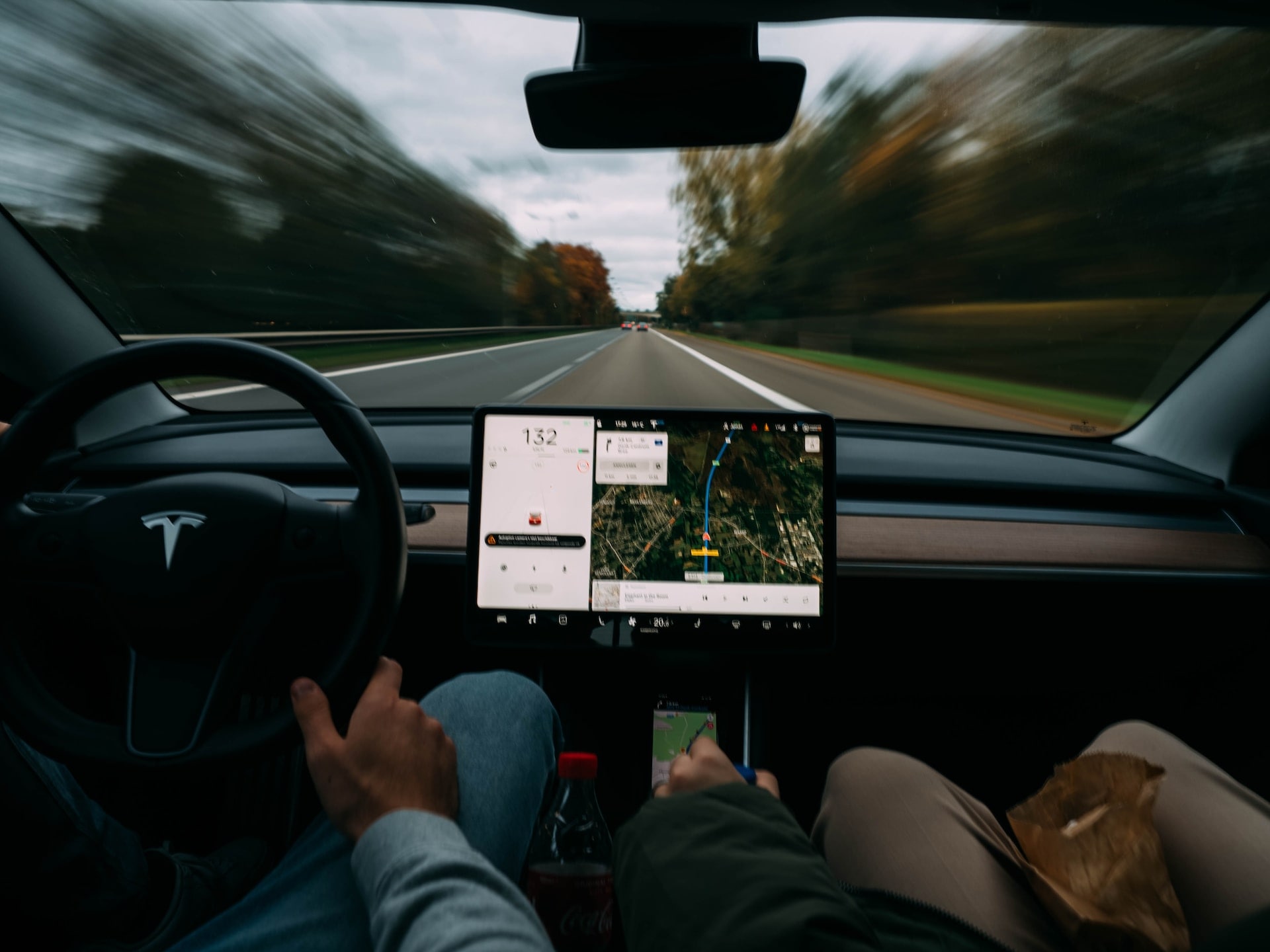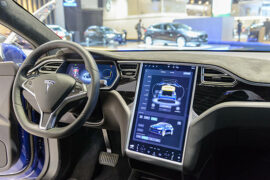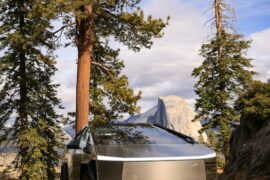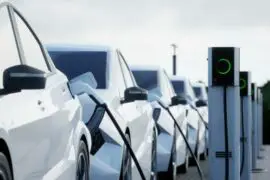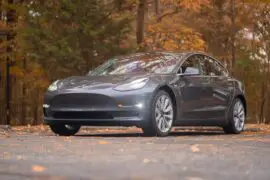When we are driving a regular gasoline-powered car, we regulate our speed levels according to the sign boards we pass. So that means that we have to keep a watchful eye out for speed limits at all times.
But one of the biggest advantages of driving a Tesla is that it is fully autonomous. Their self-driving autopilot technology is unmatched in the automobile industry. So the question is, how does Tesla detect the speed limit when it is in autopilot mode and the driver is not really concentrating on road signs?
Contents
How does Tesla Detect Speed Limit?
Speed limits are one of the most important aspects of road safety and order on the road. So it’s highly crucial that cars follow speed limits even when they are in autopilot mode.
Tesla cars are equipped with special cameras and sensors that work together to determine the ideal speed required. They are equipped with a traffic light and stop feature that can recognize stop signs and traffic lights. The forward-facing camera of the car detects signals and the GPS data and slows down or stops the car when necessary.
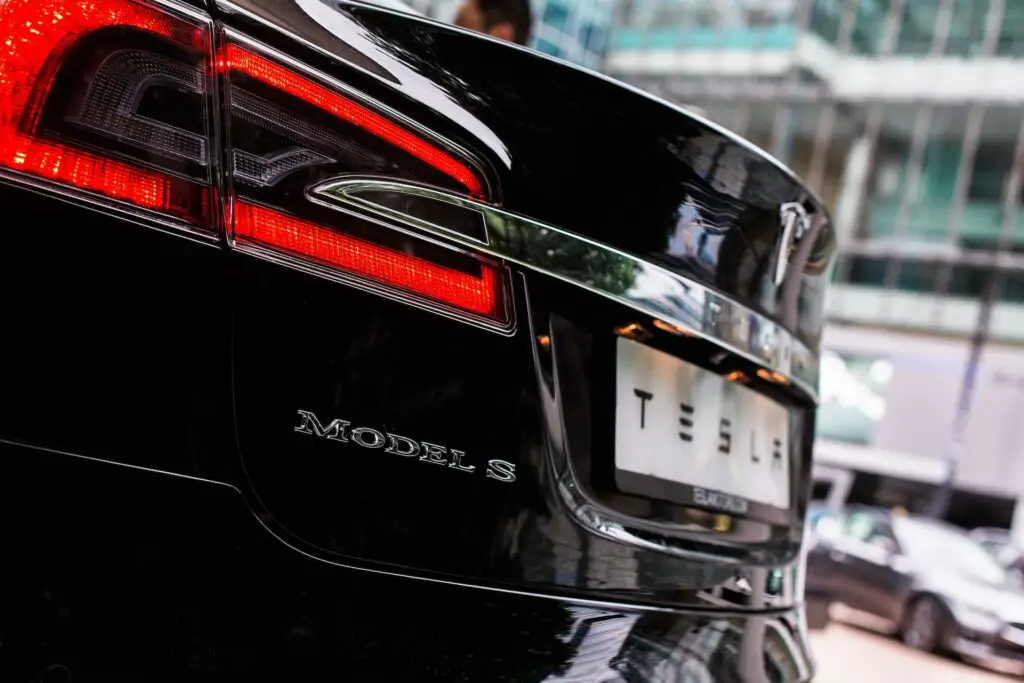
Tesla cars use a feature called ‘Speed Assist’ to detect speed limit signs through their cameras. If you turn on Speed Assist in the Auto Pilot mode, the car’s screen will display the detected speed limit, and drivers can choose to switch to that limit. Tesla drivers can fine-tune the Speed Assist feature based on their personal preferences.
Speed Assist and How it works
Tesla cars will display the speed limit on the screen. You can choose to be warned when you exceed the speed limit and how you will be warned. Speed limits will be detected automatically through the car’s sensors. You can choose to follow these detected speed limits or manually enter one of your own.
The Traffic Aware Cruise Control feature of the car also enables you to set your speed limits according to the speed limits detected. Speed limit warnings go away after ten seconds, so you have to look out for them. They also go away if you slow down your car below the speed limit.
Tesla’s autopilot technology can be very advanced. Yet, you cannot rely on it hundred percent for your safety.
Tesla warns that you do not rely on the speed limits detected by the car and drive at a safe speed that is appropriate for the road and traffic conditions.
Speed Assist is not always accurate. Sometimes the location of the car on the road can be miscalculated, and the wrong speed limit will be displayed. For example, if a controlled-access highway is nearby, it can show the speed limit appropriate for that road when the car is actually on the street close to it. In instances like this, relying on speed limits detected by the car can be dangerous.
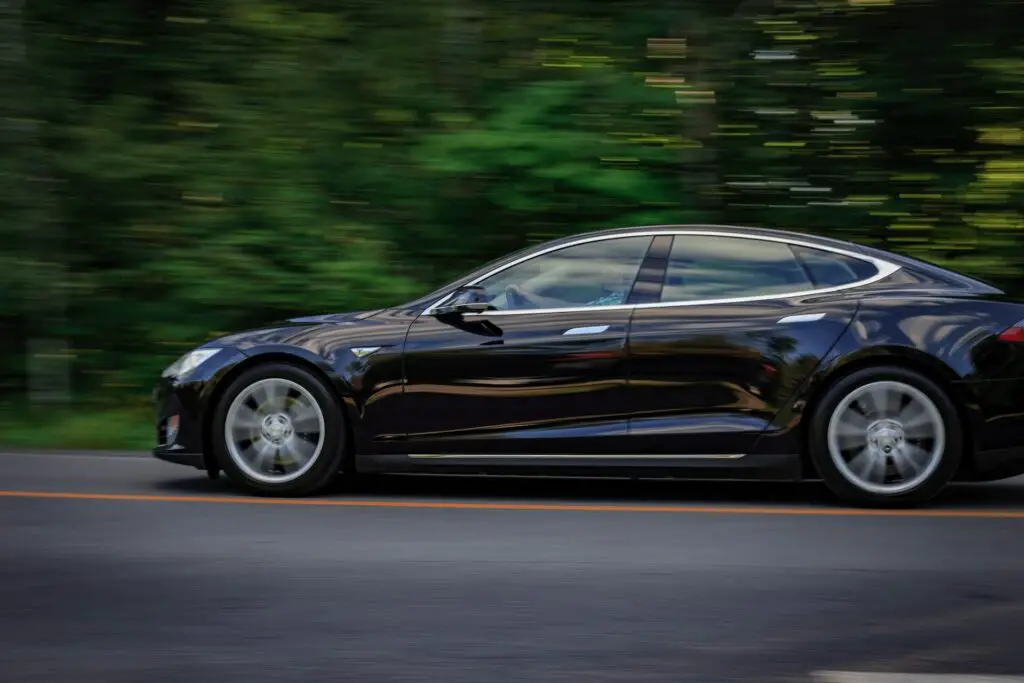
Speed Assist can be inaccurate in cases of poor visibility or if its cameras are blinded by oncoming bright lights or blocked by other vehicles. It can also not read speed signals properly if the view of the camera or the speed signs is obstructed in any way. If the GPS signals are not available in that area too, speed limits cannot be detected accurately or if a speed limit has been changed recently.
In addition, the car may not stop at crosswalk systems, toll booths, railroad crossings, roundabouts, temporary traffic lights or signs at construction sites. So be careful not to rely solely on the Speed Assist feature and let the car drive at autopilot mindlessly.
Is Tesla Speed Limit Detection Safe?
The safe answer is no. While the multiple sensors and smart automation in a Tesla can be useful in instances of parallel parking and cruising along uncrowded highways, you cannot depend on the Speed Assist Feature for your safety.
Tesla’s smart technology is impressive but by no means perfect. A Tesla determines the speed limit by reading road signs through its front camera or by using the GPS system of a stored database of roads.
The ISA or Intelligent Speed Assist notifies the driver through visual messages, audio cues, and vibration of pedals according to the notification type you have chosen. If the speed is not reduced, the system will even reduce the engine power to slow the vehicle.
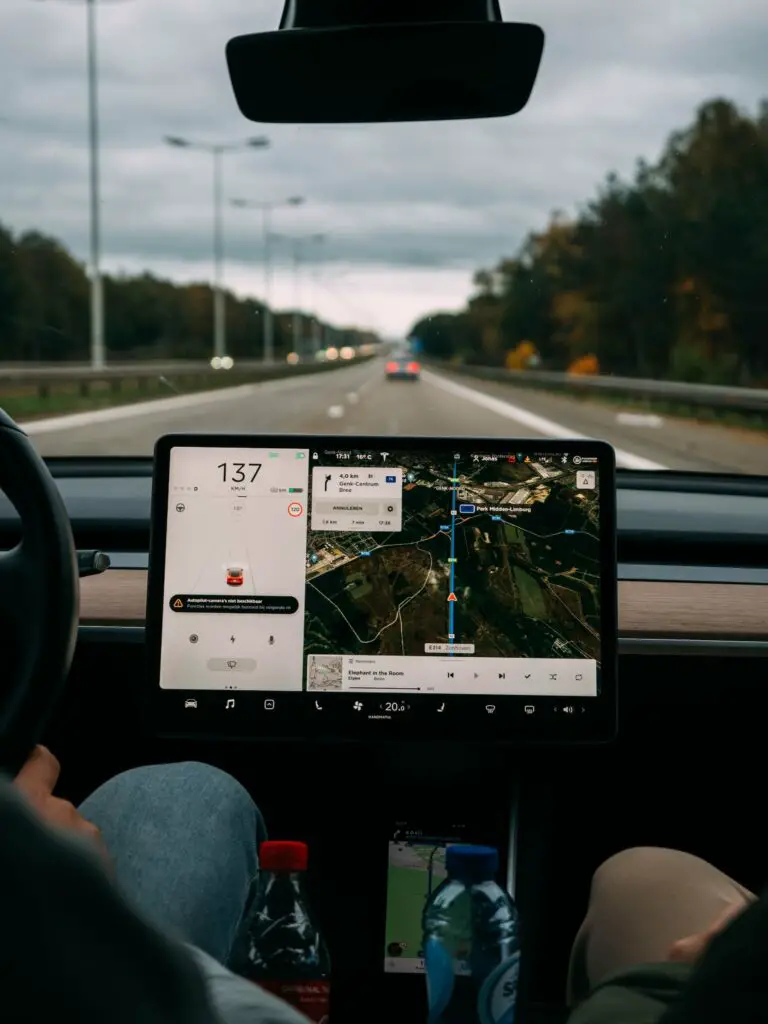
But none of these wonderful capabilities of the ISA are reliable. This is because machine vision can be faulty and might not be able to deduce complex pictures as humans do. For example, the Tesla camera could read the speed limit signs at the back of a truck as a road signal and behave accordingly.
GPS accuracy can also become faulty in urban areas where signals can be blocked. This leads to various speed limits beings confused or mixed up.
We have no doubt that Tesla will continue to improve their smart technology to serve us better. Many years into the future, we may be able to trust our machines completely and put our feet up to relax. But for now, it’s best we avoid the autopilot mode and allow the speed assist feature to take control. Being mindful and responsible when driving and not trusting smart technology completely will help save thousands of lives and avoid accidents.
How Does Tesla Detect Speed Limit? Summary
Tesla smart cars rely on two ways to detect speed limits. It uses its multiple cameras and sensors to read road signals and speed limit signs and warn the driver. The driver can choose to switch to that speed or enter a speed limit manually. The car also uses the GPS system to determine the speed limit for that particular road. However, both these systems have been proven to be faulty and cannot be relied on. It is always best to keep an eye on the road and speed limit when driving in autopilot mode.
Also read: Are Teslas easily totaled and why?
Will Tesla Save you money in 2023? Here’s the Stark Truth
*All pics are courtesy of Unsplash.com

